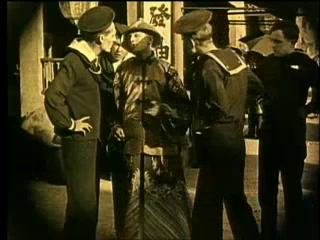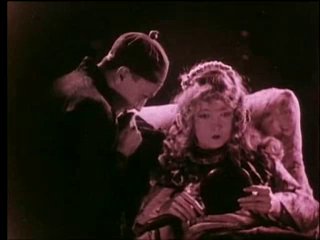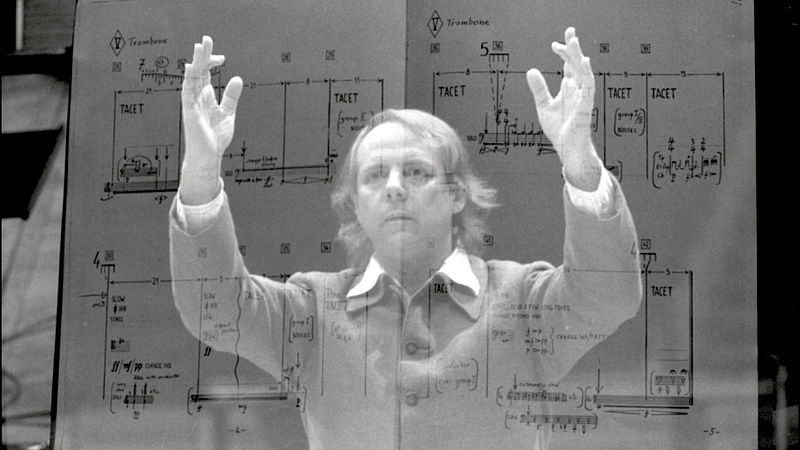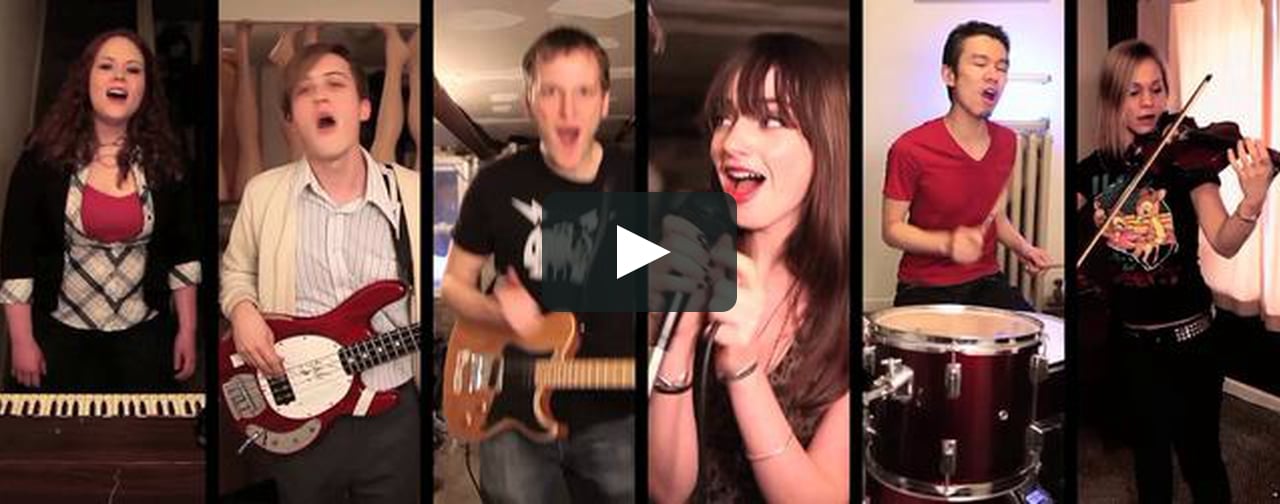
Film language
Schede di sintesi - Outlines
 |
Il linguaggio cinematografico Film language Schede di sintesi - Outlines |
|
"Effetti speciali" La fotografia e il cinema hanno in comune diverse tecniche e strumentazioni, anche se l'uso che ne fa il cinema è del tutto particolare. Operazioni come scegliere il tipo di pellicola, regolare l'esposizione, procedere allo sviluppo del negativo sono termini ben noti sia al fotografo che al cineasta (anche se ora la digitalizzazione ha completamente rinnovato queste pratiche). Ben prima dell'avvento di pellicole che potevano registrare il colore, il cinema ha cercato di varcare la "soglia" del semplice bianco e nero, tramite procedure come il tinting (l'immersione della pellicola sviluppata in un bagno di sostanza colorante), il toning (l'aggiunta della sostanza colorante durante lo sviluppo della stampa in positivo) e persino con la paziente colorazione a mano, fotogramma per fotogramma. I fotogrammi 1-3 sono tratti da Broken Blossoms di David Wark Griffith, USA 1919. Anche l'uso di filtri (per ottenere, ad esempio, un "effetto nebbia" o l'espressione di una gamma di emozioni), di lenti deformanti e di altri effetti ottici, di origine fotografica, ha sempre fatto parte dell'aspetto più propriamente fotografico della ripresa. Il cinema infatti ha sempre oscillato tra due poli fondamentali - la riproduzione della realtà piuttosto che la simulazione o la creazione di una nuova, "diversa", realtà. In questa stessa ottica va considerato anche l'uso del colore, che è stato di volta in volta utilizzato per aumentare il senso della realtà del mondo descritto o, al contrario, per allontanarsi verso una dimensione più "fantastica". Il corollario di questo concetto è che i colori, lungi dal possedere significati e connotazioni assoluti e costanti, vengono utilizzati in funzione delle emozioni e dei significati che si vogliono trasmettere, assumendo così un ruolo che può essere più o meno puramente decorativo o invece più decisamente espressivo. Tra gli effetti speciali di origine prettamente fotografica, citiamo ad esempio la sovrimpressione/le esposizioni multiple (4) o l'effetto "flou" (5). Tra gli effetti più propriamente cinematografici (ma utilizzati anche nella fotografia) vi sono ad esempio le riprese composte, come in (6)(dove una vecchia foto di Ellis Island è stata accoppiata con la stessa inquadratura eseguita oggi), o lo schermo suddiviso (split screen)(7-8). |
 (1)  (2)  (3) (3) (4)  (5) (5) (6)  (7)  (8) |
"Special effects" Photography and cinema share several techniques and devices, although the use that cinema makes of them is peculiar. Terms like choosing the type of film, regulating exposition, developing the negative are well known both to the photographer and the filmmaker (although digital processing has now completely transformed such practices). Well before the advent of colour film, cinema has always tried to "cross the threshold" of simple black & white, through processes like tinting (dipping the developed film into a bath of colouring substance), toning (adding the colouring substance during the development of the positive print) and even by patiently colouring each frame, one by one. Frames 1-3 are taken from Broken Blossoms by David Wark Griffith, USA 1919. Even the use of filters (to obtain, e.g. a "fog effect" or the expression of a range of feelings), of deforming lenses and of other optical effects derived from photography, has always been part of the photographic aspect of the shot. As a matter of fact, cinema has always wavered between two main poles - reproducing reality rather than simulating or creating a new, "different" reality. The use of colour can be considered in the same terms: colour has been used to increase the sense of reality or, on the other hand, to distance oneself from reality towards a more "fantastic" dimension. The corollary of this concept is that colour, far from having absolute and stable meanings and connotations, is used according to the emotions and meanings that the filmmaker wants to transmit, thus taking up a role that can be more or less merely decorative rather than more clearly expressive. Among the special effects derived from photography are superimposition/multiple exposure (picture overlap)(4) and the soft-focus effect (5). Among the more "cinematic" effects (which, however, are also used in photography) are e.g. composite cinematography, as in (6)(where an old photo of Ellis Island has been combined with exactly the same shot taken today), or the split screen effect (7-8) |
||||
|
||||||
